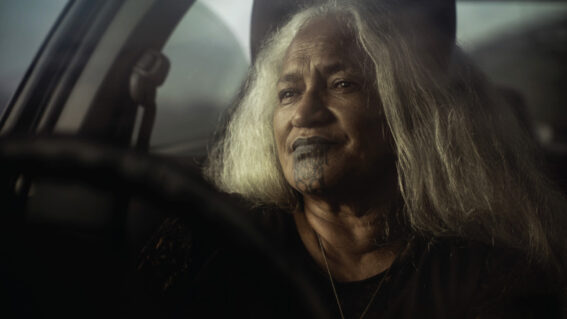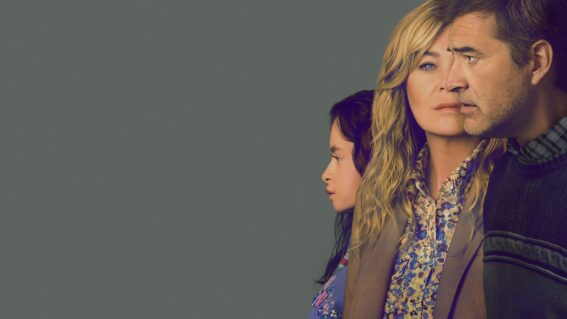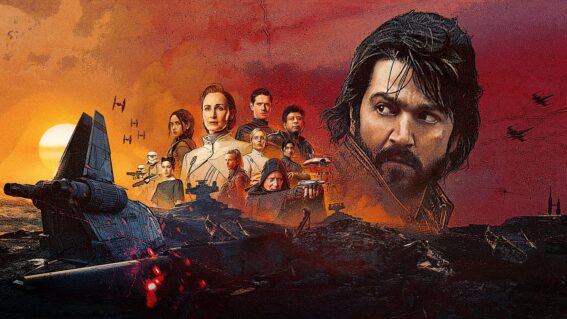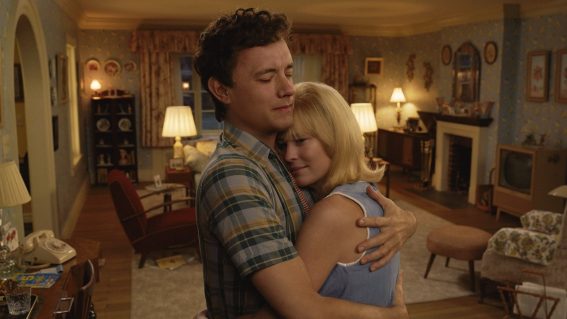Dystopian DMZ will make you empathise with those rebuilding lives after war
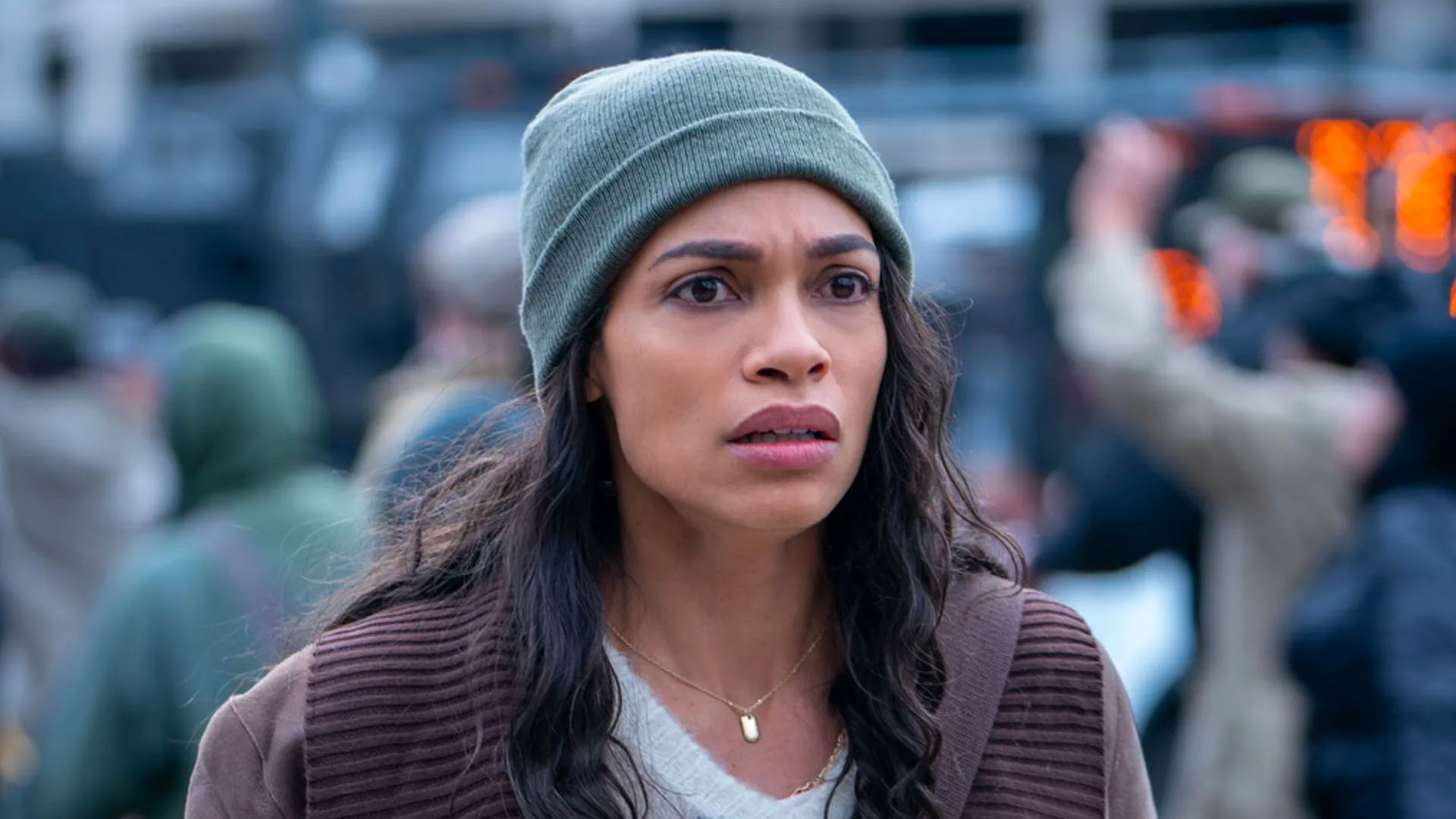
Rosario Dawson ventures into post-war Manhattan in dystopian tale DMZ – stream it on Neon from April 6. The limited series places a welcome focus on the experiences of people on the ground in the shadow of conflict, writes Steve Newall.
Russia’s unprovoked invasion of Ukraine has seen a monumental worldwide stand against the aggression and tyranny on daily display. It’s true, as many have noted, that the international (read: Western) reaction to the war stands in stark contrast to the coverage and response to Saudi Arabia’s war against Yemen, or the plight of the Palestinian people. And yes, there’s an argument to be made that the invasion of Ukraine is so shocking to the West because of the optics of it affecting “people like us”.
In real life, that’s a failure of empathy, but fiction has a long tradition of “that could happen to us, too,” bringing global catastrophes into focus by depicting them taking place in familiar settings and societies—and I’d argue that’s a good thing.
Set in a future post-civil war United States, limited series DMZ is such a show. While showrunner Robert Patino and directors Ava DuVernay and Ernest Dickerson won’t have had Ukraine on their minds when they made it, it’s hard to shake what’s happening in Ukraine while watching it. You’ll think about how these events would play out here, too—even if the U.S. is a country with more of a tendency to turn violent on itself, with one Civil War in the history books and another discussed with increasing frequency in the present day.
Mirroring what we see out of Ukraine via social media, DMZ focuses on what everyday life looks like amid, or after, conflict. Here it’s post-war Manhattan, the island now a demilitarised zone that’s not controlled by either of the warring civil war factions who seem to have reached a stalemate.
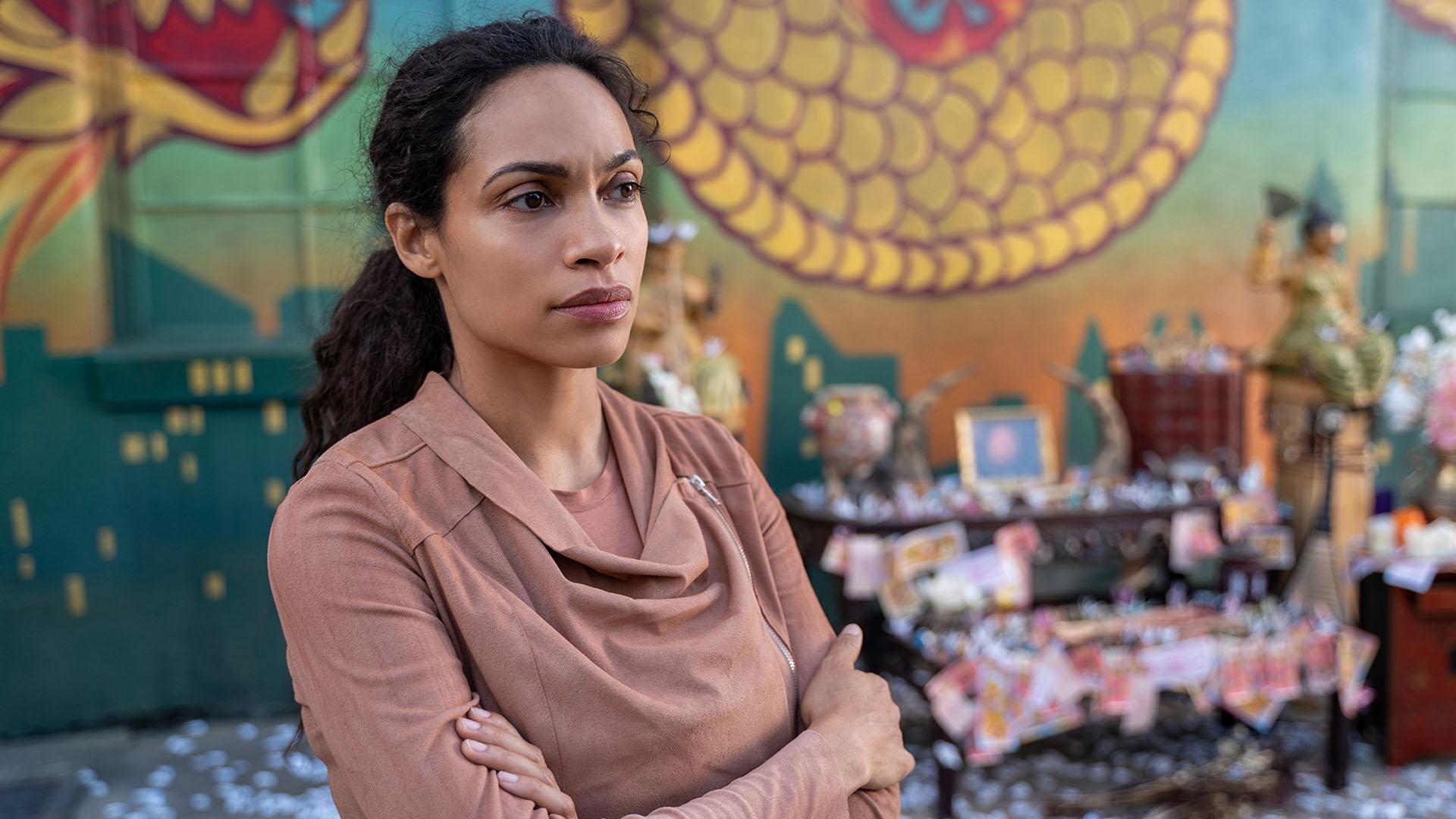
Rosario Dawson’s character Alma is one of many who fled New York City during the war, but is now on a mission to get back there. Not to conduct some military op or rob a below-ground vault, but to search for her son. In the chaos of fleeing the city, the two were separated, and Alma’s spent the intervening years looking for him across a war-ravaged America. Why’s it taken so long for her to return to Manhattan? The DMZ is a place of last resort for a reason—there’s no formal law or governance, it’s a place just waiting to explode in violence between the civil war armies, and most crucially, entry isn’t permitted and nor is exit (“isn’t permitted” is translated as “shot if you try”).
It’s predictable what a spot of bribery can accomplish, though, and Alma soon makes her way back into the DMZ. Visually, she’s entered The Last of Us territory—ruined vehicles, overgrown greenery, buildings toppled and bearing the scars of war. As any of us would be, she’s alert to threats, and single-minded in her mission to find her son, who would now be in his twenties. What Alma is less prepared for is the life she finds in Manhattan.
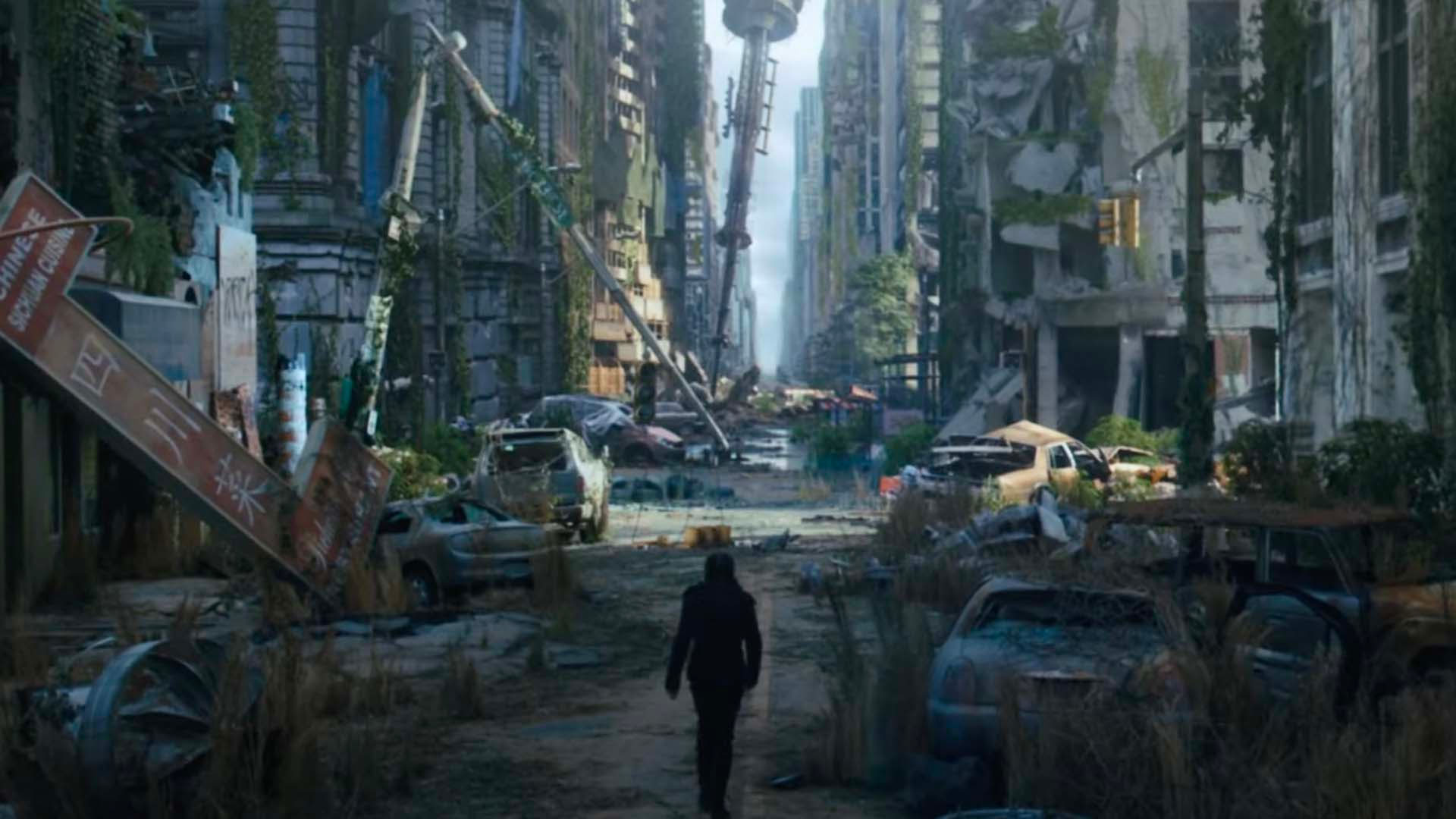
In the eight years since she left, the 300,000 people who remain have fashioned their own way of living, some of it amid the scars of war and elsewhere making the most of classic New York City brownstones abandoned by the well-to-do who fled. Thinking back to the notion of seeing “people like us” living through impossible-to-imagine circumstances, the community depicted is resolutely not the mostly white group of survivors that have long been the characters in post-apocalyptic fiction. These are New Yorkers and this means Black, Chinese and—because so much of DMZ is set in Spanish Harlem—predominantly Latinx characters still living Nuyorican lives.
For Alma, this means interacting with multiple people from her past, two of whom are locked in a power struggle to rule the DMZ. An election of sorts is looming, prompting street parties to curry people’s favour. But the decision’s really in the hands of the DMZ’s various power blocs, gangs running their own turf.
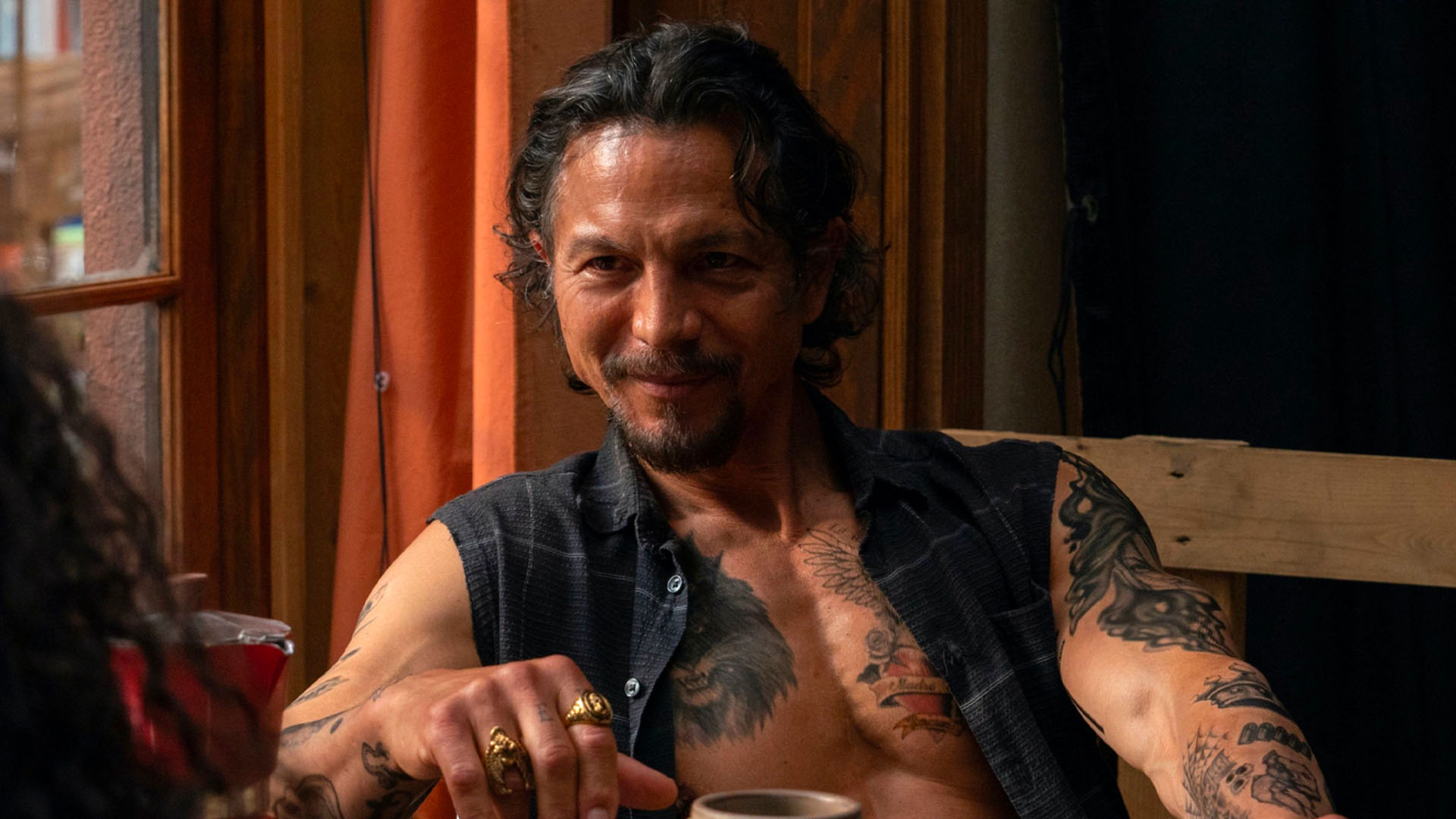
Aspiring ruler Paco (Benjamin Bratt, in entertaining gangster form) assembles the various factions and appeals to the potential of collective strength, rallying the gangs in the same way The Warriors’ Cyrus tried to back in 1979. Chinatown’s Wilson (Hoon Lee), on the other hand, prefers the status quo without rocking the boat. With personal connections to both, Alma finds herself caught up in their power struggle, made all the more complicated when she catches up with what her son’s been up to all these years.
Dawson’s screen presence allows her to project the confidence DMZ needs as it follows her into the epicentre of violence and competing factions. And Dawson’s range also allows her to sell the quieter moments that make DMZ work as more than just a post-war gangster tale.
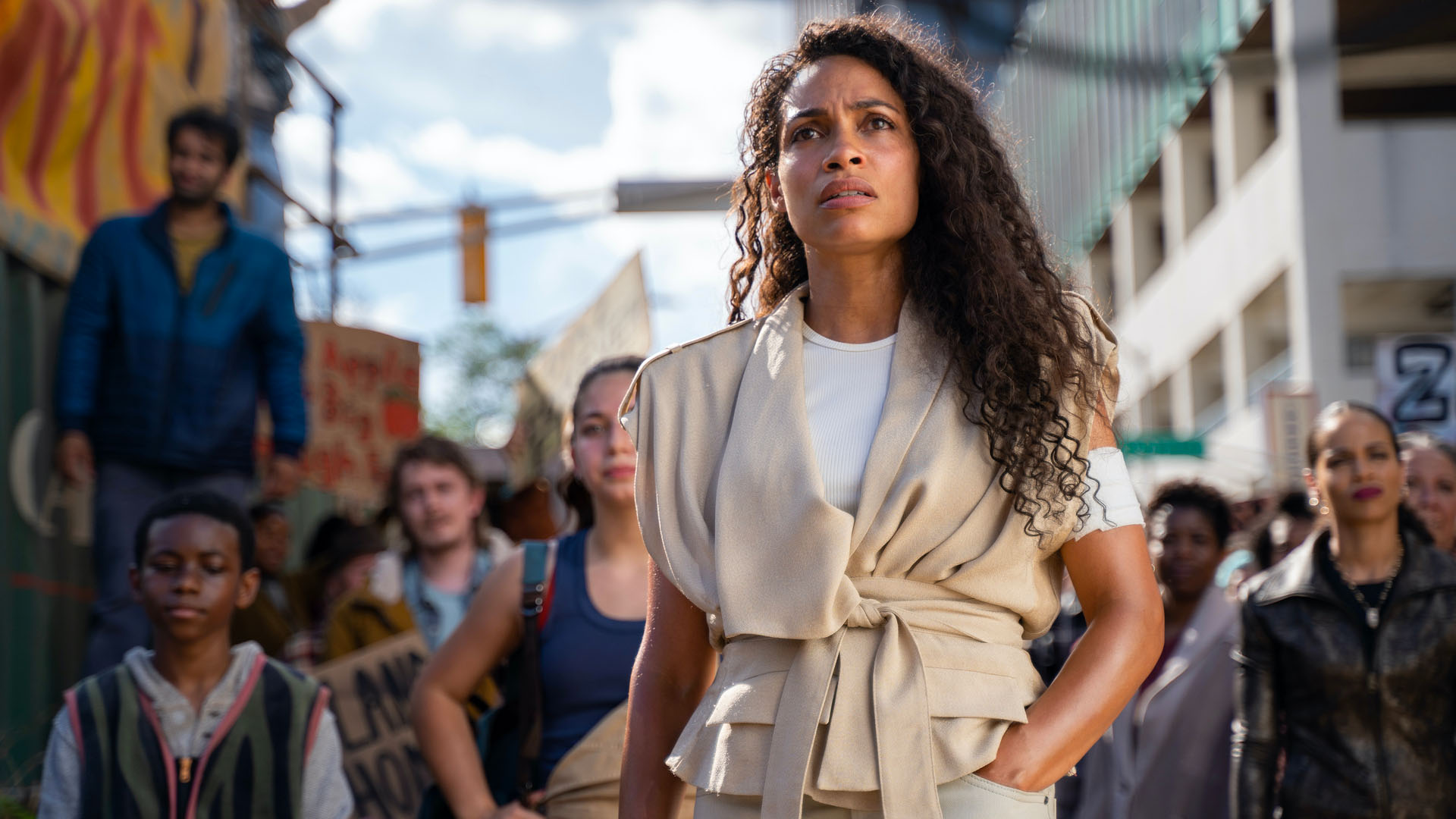
Like the millions of refugees from Ukraine who hopefully will do the same one day, Alma is returning home—not just to relationships, but the apartment she abandoned, one that’s sat undisturbed (as some of her painful memories seem to have, too). It’s in these moments that DMZ really puts us in the shoes of those whose comfortable lives have been upended by conflict. While the show may be light on the details of the warring sides scrapping over the U.S., DMZ’s emotional beats place a welcome focus on the experiences of people on the ground, generating empathy we could use right now (and sadly, will inevitably need to draw on in the future).





